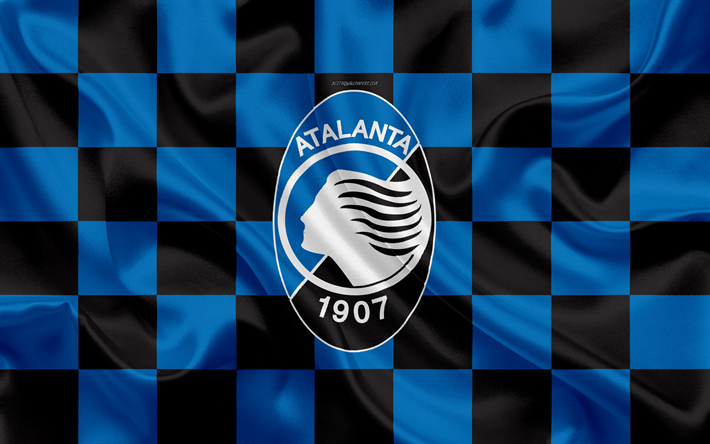Atalanta FC has rapidly ascended the ranks of Italian football, captivating fans and critics alike with their thrilling style of play and remarkable success in recent years. With a combination of tactical innovation, youth development, and a passionate fan base, Atalanta is not just a club but a phenomenon that has redefined expectations in Serie A.
As we delve deeper into the growing force that is Atalanta FC, we’ll examine the club’s history, its current position in Italian football, the key players and management behind this success, and the unique playing style that sets them apart.
The Historical Context of Atalanta FC
To appreciate the rise of Atalanta FC, it’s essential to understand its historical context within Italian football. Founded in 1907, the club has experienced many highs and lows over the decades. Established by a group of school boys in Bergamo, Atalanta began as a local team before gradually making a name for itself in Italy Mayclub.
The Early Years and Pre-War Success
In its early years, Atalanta struggled to make an impact in the top divisions. However, during the 1920s and 1930s, the club began to find its footing, reaching Serie A in 1929. Despite occasional relegations, they enjoyed brief spells of success, including a notable performance in the Coppa Italia.
The pre-war era was a mixed bag for Atalanta, with ambition often thwarted by the dominance of larger clubs like Juventus, AC Milan, and Inter Milan. Yet, these early experiences laid the foundation for resilience and passion that would drive the club forward.
Post-War Resurgence and the Golden Era
After World War II, Atalanta experienced a resurgence, finding stability in Serie A. The late 1940s and 1950s marked a golden era where the club achieved its highest league finishes and established itself as a competitor. This period solidified Atalanta’s identity, fostering a dedicated fan base that would remain loyal through thick and thin.
One of the pivotal moments came in 1963 when Atalanta won its first-ever Coppa Italia title, defeating Torino in a thrilling final. This victory not only brought silverware to the club but also galvanized the supporters, igniting dreams of future achievements.
Challenges and Relegation Battles
Despite its successes, Atalanta faced several challenges in the following decades. The club oscillated between Serie A and Serie B, grappling with financial difficulties and managerial instability. The frequent battles against relegation tested the resolve of both players and fans.
The 1980s and 1990s were particularly tough, characterized by a series of ups and downs. While there were moments of brilliance, such as reaching the UEFA Cup semi-finals in 1988, Atalanta often found itself fighting to stay afloat in the top tier of Italian football.
As the new millennium approached, it became apparent that structural changes were necessary for Atalanta FC to compete consistently at the highest level.


